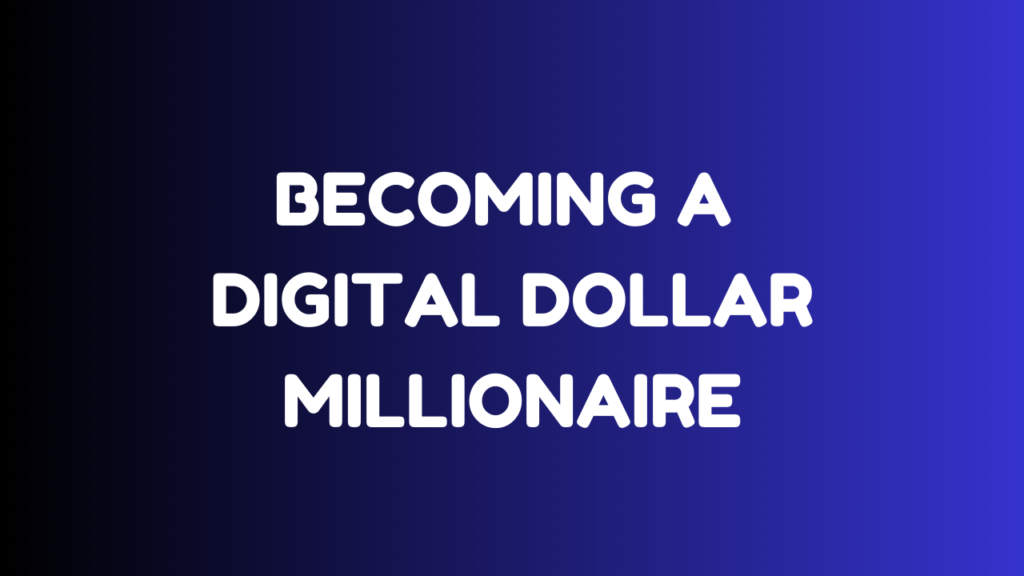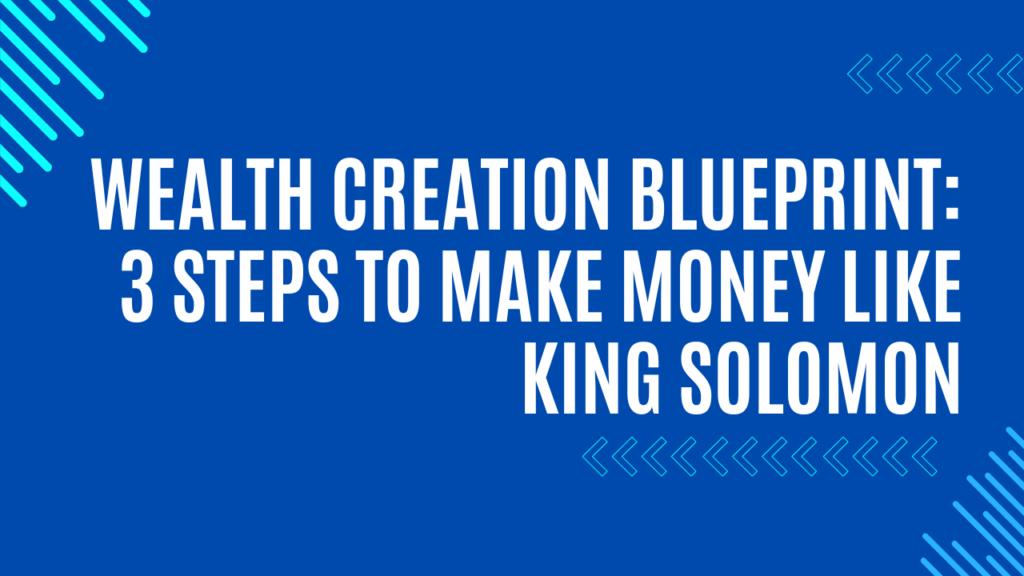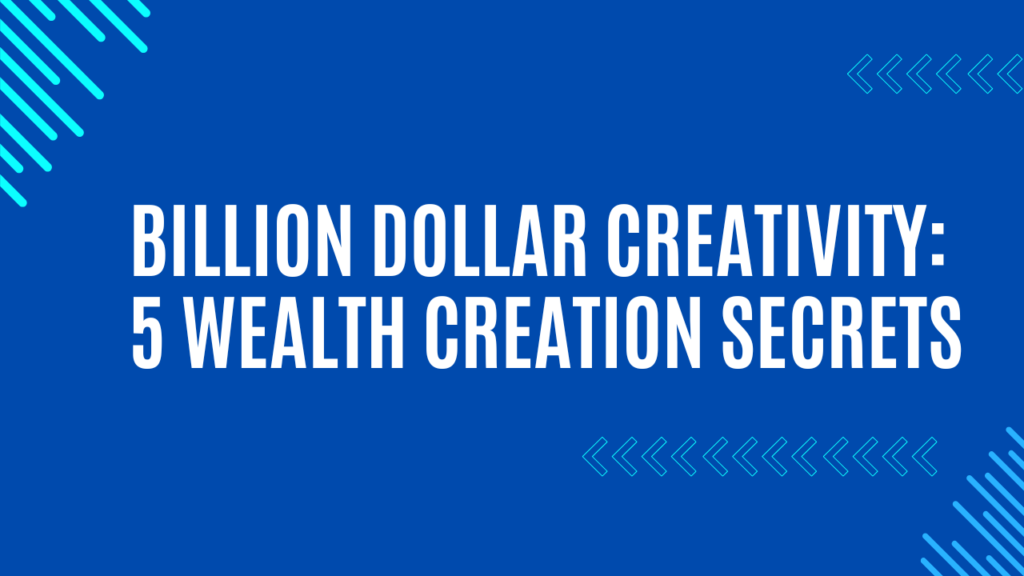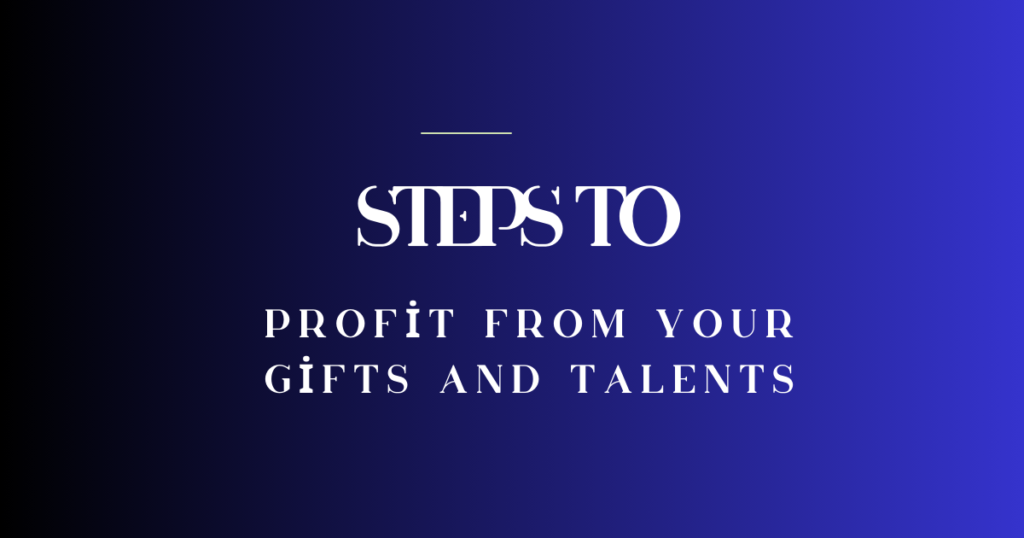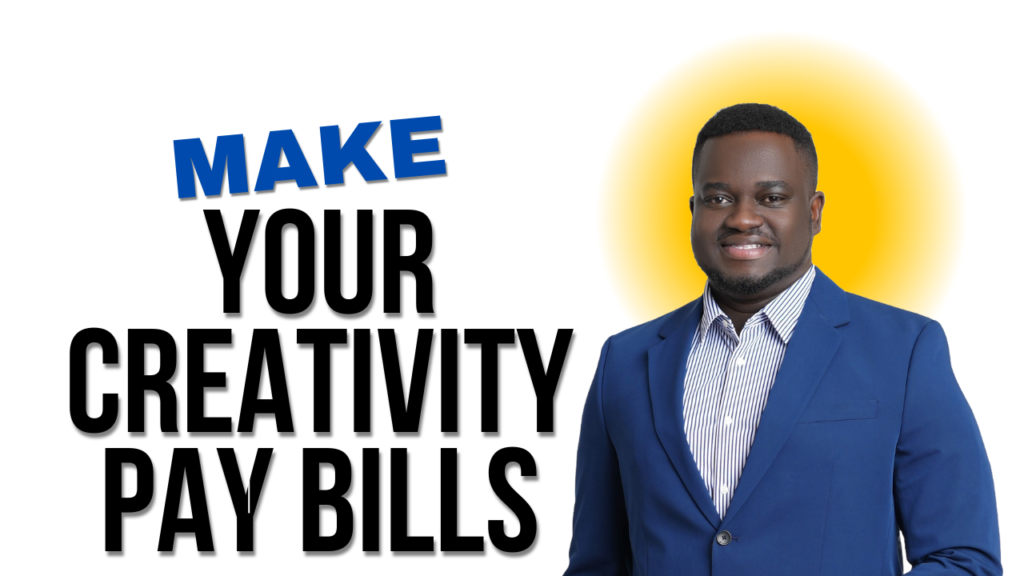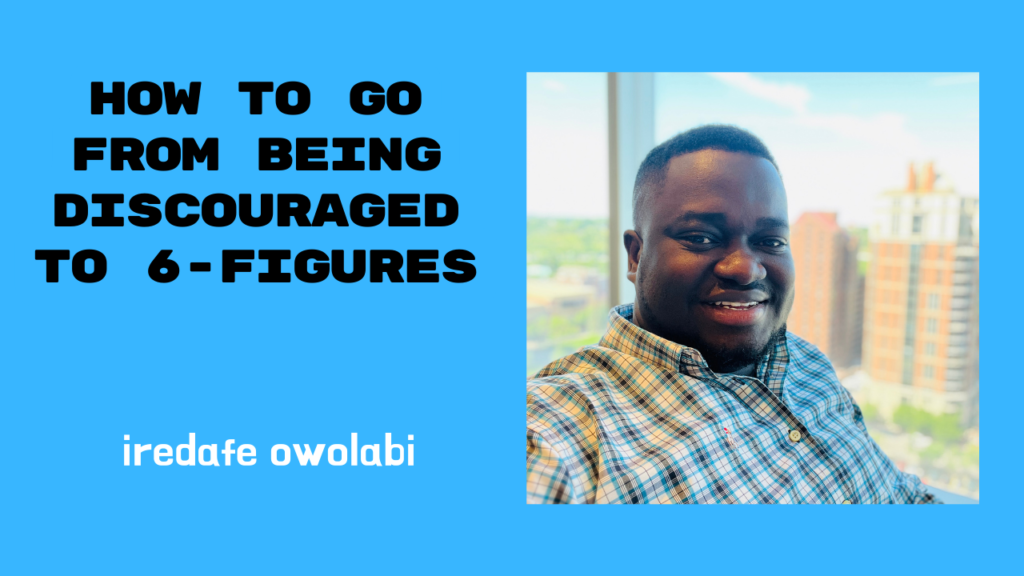How to Become a Digital Millionaire: 3 Success Strategies
The Journey to Become a Digital Millionaire: Embracing Creativity and Persistence In today’s fast-paced digital era, the prospect of becoming a digital millionaire is a remarkable goal for many aspiring entrepreneurs. The fusion of technology and innovation provides endless opportunities for those daring enough to take the plunge. As someone who has navigated this exciting journey, I’m here to share insights and experiences that have shaped my path—insights that you too can leverage on your journey to success. Setting the Stage: The Digital Millionaire Entrepreneurial Mindset The journey to becoming a digital millionaire is not only possible, but attainable. The digital world offers diverse avenues for generating substantial income, from platforms like YouTube and Twitch to creating and selling digital products. Success in this realm, however, requires more than mere talent; it demands a commitment to delivering unique value and maintaining a relentless work ethic. The Creative Edge: Standing Out in the Digital Millionaire Marketplace Creativity is at the heart of digital success. It’s about adding your personal touch and unique perspective to whatever you do. Whether you’re crafting content, offering services, or building products, your distinctiveness is what sets you apart. In the digital space, every piece of success was birthed from creativity—it’s the catalyst that turns imaginative ideas into tangible reality. Additional Reading Billion Dollar Creativity- 5 Wealth Creation lessons From Solomon How to Go From Being A Discouraged Creative To Making 6 Figures Why You Need to Birth Your Brainchild The Simple Reasons Why People Are Not Creative [Yet] 4 Levels Of Wealth Creation – Inspired By Myron Golden Overcoming Challenges To Your Becoming a Digital Millionaire: Persistence Is Key Despite the vast opportunities, many individuals still struggle to achieve digital success. It’s common to see a few thriving while the majority grapple with challenges. Often, this boils down to the “80-20 rule,” where many possess potential but lack the perseverance to push through difficulties. The secret lies in a simple yet profound truth: it works if you work it. Staying the course and refusing to give up, even when things get tough, is vital to overcoming obstacles in the digital landscape. From Idea to Reality: Taking Action Creativity alone isn’t enough; it needs to be coupled with action. The abyss where countless dreams perish is often filled with inaction and excuses. I’ve learned that progress is more valuable than perfection. Starting with what you have, even if it seems insufficient, is essential. Many successful individuals began their journeys armed with nothing but an idea. Grab a copy of 4D Thinking on Amazon to transform your ideas to reality. The Power of Mindset To Become A Digital Millionaire: Conquering Mental Barriers A critical component of success is cultivating a resilient mindset. Life presents challenges, whether you’re starting a YouTube channel, writing a book, or launching a business. Many falter due to a lack of staying power. Instead, embrace life’s challenges and focus on what you genuinely want to achieve. Understand that the journey might take time—it could happen in a month or several years—but persistence is what separates the successful from the rest. Strategic Planning and the Importance of Mentorship Two critical strategies I’ve adopted are having a solid plan and seeking mentorship. A well-designed blueprint ensures that efforts are directed effectively, minimizing wasted time and resources. Moreover, mentorship from those further along the path can provide invaluable insights and transform your approach. If you would like to boost your creativity, listen to this podcast on below. Amplifying Efforts: 10X Your Output Scaling in the digital realm requires amplifying efforts. Whether it’s creating content, networking, or reaching out to prospects, doing more than what seems necessary is crucial. By significantly increasing your activities, you’re more likely to witness substantial progress and growth. Learning from Success Stories: Patterns and Frameworks Throughout my journey, I’ve observed patterns that consistently lead to success. It begins with clearly defining your goals and crafting a dedicated plan to achieve them. Being obsessive and almost single-minded in pursuing these goals sets the stage for breakthroughs. Additionally, identifying what makes your offerings unique in the market enhances your chances of standing out. Personal Reflections: Overcoming My Obstacles Reflecting on my personal journey, I encountered numerous challenges and setbacks, especially in my early years. But it was in these moments of adversity that I found resilience and opportunities for growth. By aligning myself with like-minded individuals, leveraging learning opportunities, and maintaining an unyielding determination, I forged my path in digital marketing. Grab a copy of Ignite Your Creativity here. Parting Thoughts: Find Your Why and Keep Moving In conclusion, the road to digital success is filled with hurdles and triumphs. The real story often lies in the struggles, false starts, and relentless nights that every successful individual experiences. To those embarking on their journey, my advice is to find a compelling “why” that drives you, and surround yourself with people who share your passion and commitment. Even if progress feels slow, remember that the journey itself is enriching. By continually pushing forward, embracing creativity, and leveraging the insights I’ve shared, your digital aspirations can become a reality. Dive in with determination, and make your mark in the digital world. The journey is challenging but immensely rewarding—start creating and you’re bound to succeed!
How to Become a Digital Millionaire: 3 Success Strategies Read More »

